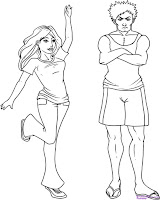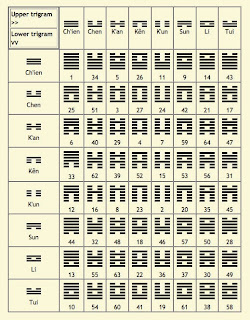The core of all – not only Chinese martial arts – is so called ‘natural movement’. It is a way of movement that has originated in Nature and is connected to energy consumption (see: Least of effort in leadership).
Long ago, when physical strength was necessary to fight, ‘natural movement’ was commonplace. All styles of martial arts, breathing techniques (see: Best Ways to Relax Successfully), meditation, yoga etc. are supposedly methods to regain natural movements. Those are very straight forward and very simple once we know how to do it, but quite a bit hard to (mostly) re-learn (recall) from our childhood years. And when we do, we realize how powerful natural movements are. In the Nature all species depend on them to survive. That is why masterful martial artists when old move so simply, so powerful and are able to subdue much younger competitors.
There are different techniques to learn natural movements! Some of them are very popular today:
- “Meditation allows your body to settle into a state of profound rest and relaxation and your mind to achieve a state of inner peace, without needing to use concentration or effort.”
- “Yoga is a healing system of theory and practice. The purpose of yoga is to create strength, awareness and harmony in both the mind and body.”

But are the above techniques fairly represented and taught?















